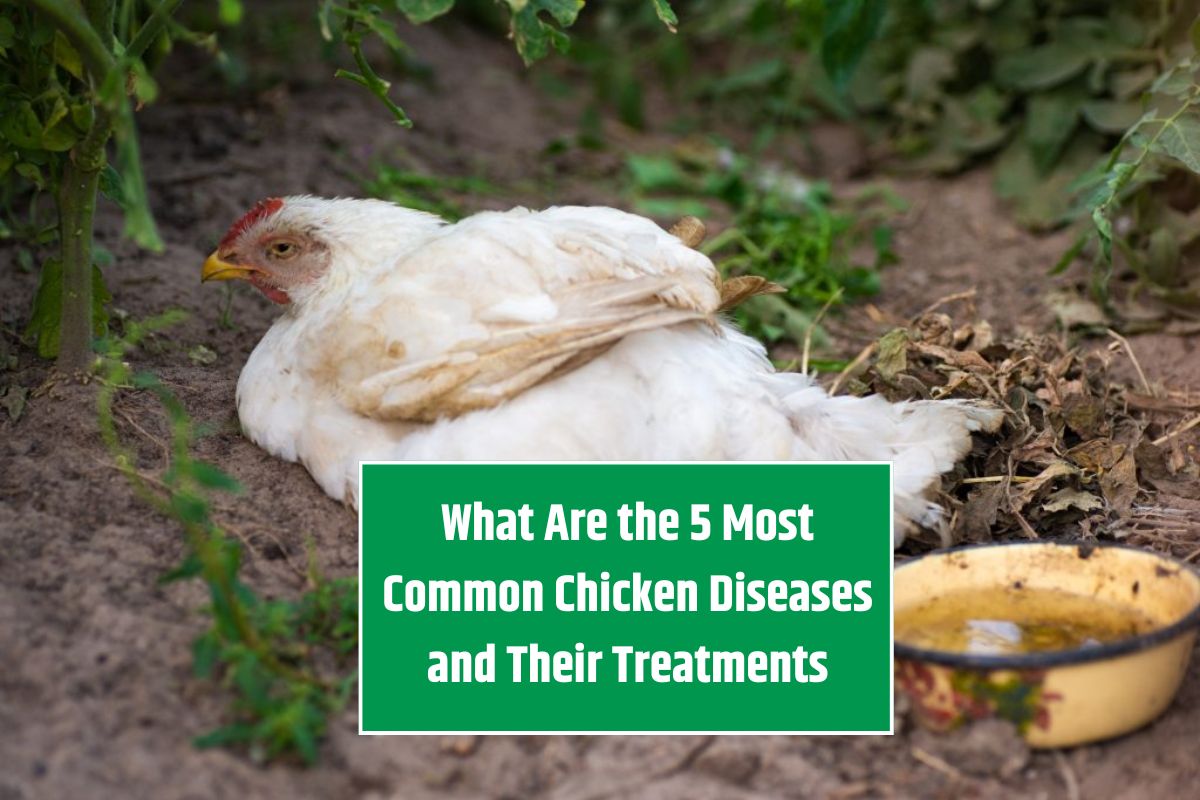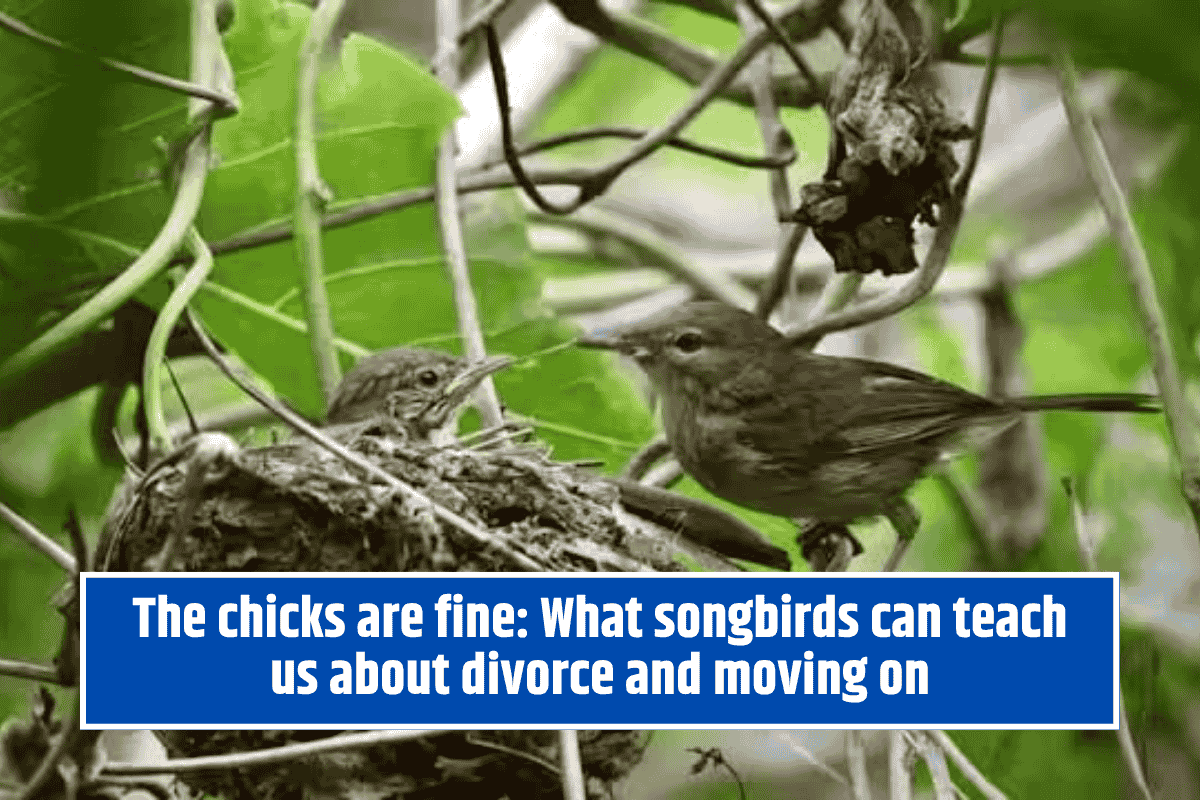Chickens are hardy animals, but they’re not immune to occasional health issues. The good news is that many common chicken problems can be treated at home using simple remedies. Knowing how to deal with these ailments can save you a trip to the vet and keep your flock healthy. Let’s explore five common chicken diseases and how to manage them.
1. Coccidiosis: A Serious but Preventable Disease
What Is Coccidiosis?
Coccidiosis is a parasitic disease that thrives in warm, damp, and dirty environments. It primarily affects chicks under 8 weeks old, but adult birds can also get infected.
Prevention Tips:
- Cleanliness: Keep the brooder and coop dry and clean by removing poop and damp bedding daily.
- Medicated Feed: Provide chicks with medicated starter feed containing amprolium for the first few weeks.
- Biosecurity: Limit visitors to your flock, as other chicken keepers can unknowingly bring the disease.
Symptoms:
- Weakness and lethargy
- Pale combs and skin
- Decreased appetite and weight loss
Treatment:
- Immediate Isolation: Isolate affected birds to prevent the spread.
- Medicated Feed: Switch to medicated feed if you aren’t already using it.
- Veterinary Care: Severe cases may require antibiotics, so consult a vet if symptoms worsen.
2. Bumblefoot: A Painful Foot Infection
What Is Bumblefoot?
Bumblefoot is a bacterial infection that occurs when a chicken’s foot becomes wounded or punctured. The infection can cause a painful swelling that sometimes requires treatment beyond home remedies.
Symptoms:
- Swollen footpad with a dark scab
- Limping or reluctance to walk
Treatment at Home:
- Epsom Salt Soak: Soak the affected foot in warm water with Epsom salts for 10-15 minutes to soften the area.
- Remove the Bumble: If the infection is small and recent, gently lift the scab using tweezers and squeeze out the core.
- Apply Antibiotic Ointment: Fill the wound with plain Neosporin (without painkillers) and wrap the foot securely with Vet wrap.
- Monitor Healing: Check the foot regularly and change the dressing as needed.
If the infection is severe or does not improve, consult a vet for surgical options.
3. Fowl Pox: A Common Viral Disease Spread by Mosquitoes
What Is Fowl Pox?
Fowl pox is a viral disease that comes in two forms: dry (external) and wet (internal). The dry form is more common and presents as wart-like lesions on the face and comb.
Symptoms:
- Small pustules or scabs on the comb, wattles, or legs
- Lethargy and reduced appetite
- Respiratory issues (in the case of wet pox)
Treatment:
- Clean and Disinfect: Clean any sores with warm water and apply Triple antibiotic ointment (without painkillers) to prevent secondary infections.
- Isolate Infected Birds: Fowl pox is contagious, so quarantine sick birds to prevent the spread.
- Biosecurity Measures: Pick up and dispose of scabs to avoid further contamination.
Note: Antibiotics won’t cure fowl pox because it’s a virus. Focus on supportive care and preventing secondary infections.
4. Pasty Butt: A Simple but Potentially Fatal Condition
What Is Pasty Butt?
Pasty butt occurs when poop sticks to a chick’s vent, blocking it and preventing the chick from defecating. This condition is common in young chicks and can be fatal if not treated promptly.
Symptoms:
- Hardened poop covering the vent
- Lethargy and signs of discomfort
Treatment:
- Soften the Poop: Use a cotton swab dipped in warm water to gently soften and remove the dried poop.
- Soak If Necessary: If the poop is hard and stuck, soak the chick’s bottom in warm water for 5-10 minutes.
- Prevent Recurrence: After cleaning, apply a small amount of olive oil around the vent to prevent further buildup.
Tip: Check chicks daily during the first few weeks to catch and treat pasty butt early.
5. Comb and Wattle Injuries
What Causes Injuries?
Chickens often get small cuts or abrasions on their combs and wattles from pecking or minor accidents. These areas bleed a lot, but the injuries are usually not serious.
Treatment:
- Stop the Bleeding: Apply pressure to the wound with a clean cloth.
- Disinfect the Area: Clean the wound with warm water and apply Blu-Kote or a similar antiseptic spray to prevent further pecking by other birds.
- Apply Antibiotic Ointment: Once the bleeding stops, apply plain Neosporin to the wound to aid healing.
Should You Isolate the Injured Bird?
- If the wound attracts pecking from other chickens, isolate the injured bird until it heals.
- If the flock ignores the injury, you can leave the bird with the group but monitor it closely.
Having a basic understanding of common chicken diseases and injuries can save you time and money while ensuring your flock stays healthy.
By practicing good hygiene, providing proper care, and monitoring your flock regularly, you can prevent or quickly address most issues. However, always be prepared to consult a vet if symptoms worsen or home remedies don’t work.














